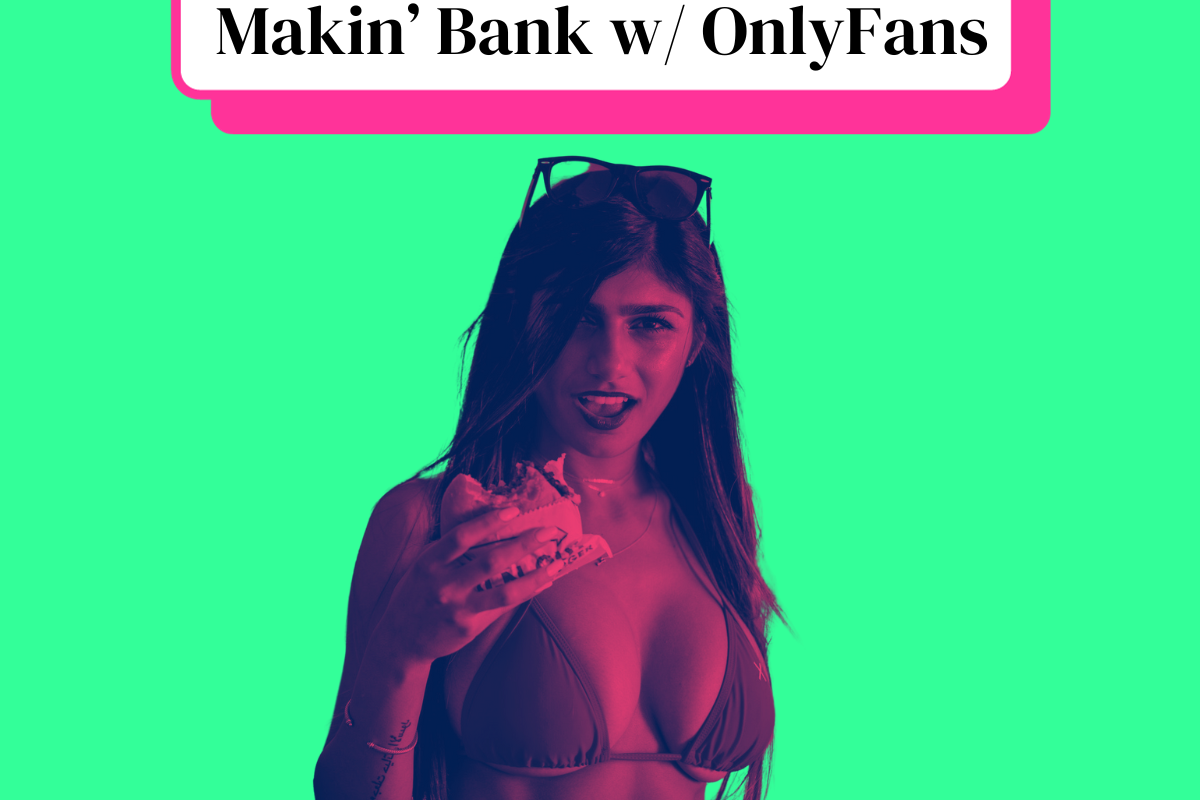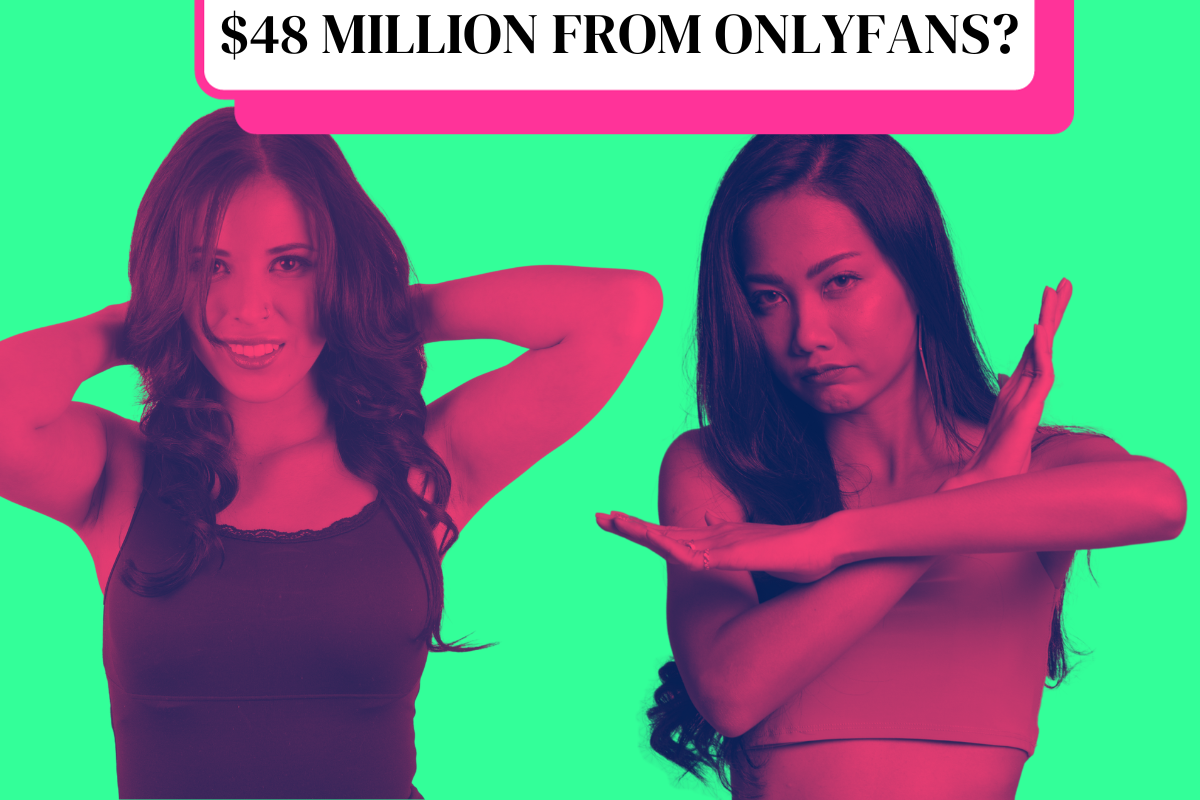Key Takeaways
- OnlyFans is a subscription-based platform where creators earn via subs, tips, PPV content, and custom requests.
- Users pay monthly fees (usually $7–$10) to access exclusive posts and can remain totally anonymous.
- Creators keep 80% of earnings, but must promote their content externally to grow.
- Discovery isn’t algorithmic—success depends on your ability to market and manage a brand off-platform.
- LLC formation and smart business setup are crucial for long-term success, privacy, and tax efficiency.
OnlyFans is known for one thing and one thing only, despite the platform’s never-ending efforts to rebrand as something less NSFW. As online, creator-focused platforms, next to YouTube, it is arguably one of the only real major success stories of the last couple of decades.
This article is designed to outline how OnlyFans works, both from the perspective or a user and also creators. People make life-changing amounts of money with OnlyFans accounts. But there are, of course, major caveats with this line of work.
It’s not just a case of taking your clothes off and making money. There’s way more to it than that. Success is NOT guaranteed and the risks are extremely high. Imagine failing at launching an account, deciding it’s not for you. Now, what do you do about all of the images and videos that have been picked up by third-parties?
In the era of data brokers, this is a real problem.
Whether you’re curious, considering joining, or just want to understand why it’s everywhere, this post is for you. It covers how the platform works, what users and creators can expect, the hidden costs and stresses of running an account, and why the platform has such appeal in 2025 and beyond, both for users and content creators.
The Basics: What OnlyFans Actually Is

At its core, OnlyFans is a subscription-based platform where creators upload exclusive content behind a paywall. Think of it like Patreon’s edgier cousin, where creators monetize not just their content—but direct attention, fan interaction, and even fantasy.
Launched in 2016, the platform exploded during the pandemic, attracting creators from all walks: fitness coaches, musicians, cosplayers, influencers, and yes—adult content creators, who are the ones that largely drove the platform’s growth.
For Users: What You Get and How It Works
As a subscriber (aka user), your experience revolves around private access—and discretion.
Here’s what subscribers can do:
- Subscribe to creators monthly (usually $7–$10/mo, but can range from $4.99 to $49.99)
- Tip creators directly (think: digital cash appreciation, from $1 to $200)
- Buy exclusive Pay-Per-View (PPV) content—these are one-off videos, photos, or stories
- Request custom content (Yes, it’s a thing. And yes, it can cost big.)
- Stay anonymous—OnlyFans doesn’t publicly show your profile. Your payment details? Completely discreet.
There’s no algorithm pushing content in your face, no public feed, and no suggestions. You follow who you want. You see what you pay for.
For Creators: Building a Business, One Subscriber at a Time

Compared to platforms like Spotify, OnlyFans is one of the most egalitarian, creator-friendly platforms on the web. It shares 80% of generated revenue with the creator, whereas bands and artists get mere cents per stream.
Monetization on OnlyFans is a multi-layered topic, and if you’re doing it seriously and have a decent subscriber base, it’s not passive income, it’s a full-time job that can generate upwards of six figures a month.
How creators earn:
- Subscription fees (the monthly bread and butter)
- PPV content (charged separately—usually $5 to $50+, depending on exclusivity)
- Tipping system (fans can send money directly)
- Live streams and private messages (often bundled with extra charges)
- Affiliate links & brand collabs (optional income streams)
OnlyFans takes a flat 20% cut of all earnings. Creators keep the remaining 80%.
Pro Tip: The highest earners treat it like a business because it is. The top 1% isn’t made overnight. It’s daily uploads, strategy, and relentless self-promotion.
Discovery: There’s No Algorithm—So Creators Have to Hustle
Unlike TikTok or Instagram, OnlyFans doesn’t spoon-feed users with recommended content. That means discovery isn’t native, so you won’t go viral just by posting.
Creators grow by marketing themselves off-platform, using:
- Twitter (now X) – the #1 promotional hub for NSFW and influencer accounts
- Reddit – niche subs with dedicated audiences
- Discord & Telegram – for building inner-circle fan bases
- Third-party tools – like JuicySearch or Linktree to manage traffic and discovery
This forces creators to be marketers, brand managers, and engagement specialists on top of creating the content itself. And this is why, like running any kind of content business, it can quickly gobble up all of your time.
You need to be doing several tasks at once, across different marketing disciplines. Social media is the number one tool for most OnlyFans creators with TikTok being second. X is also decent since Musk took over and basically got rid of any form guidelines for what type of content is allowed on the platform.
Legal & Business Setup: Why LLCs Matter
If you’re making any sort of money on OnlyFans, you’re technically self-employed. That means you’re responsible for your taxes, liabilities, and brand.
Creators should consider setting up an LLC, especially if:
- You want privacy (states like Wyoming allow anonymous LLCs)
- You need separation between personal and business finances
- You’re concerned about liability or copyright claims
- You plan to hire staff or scale into an agency or larger media business
It’s not legally required, but for serious creators, it’s definitely worth doing. If you start making a lot of money and you don’t declare it you can quickly get into deep water with the IRS.
We all know what happened to Wesley Snipes. Don’t end up in jail for not paying your taxes. It’s annoying AF, handing over your hard-earned cash to the government for it to waste it on whatever it apparently does these days. But it is definitely better than spending an extended stint in your local prison.
The Real Costs: It’s Not Just a Selfie and Upload
Running an account isn’t free. Sure, signing up and posting costs nothing but turning it into a real income stream involves expenses.
Producing content, even in the age of AI, costs money and video content is one of the most cost-heavy mediums. You need a decent camera, editing tools, and cash on hand to promote your account on social media platforms.
Setup is simple enough, anyone can do it. But to create the actual content, you’ll need either a high-end smartphone with awesome video recording capabilities or a dedicated 4K webcam or camera. And none of these things are cheap.
Hidden costs for creators include:
- Gear – cameras, lighting, backdrops, editing software
- Branding – logos, watermarks, professional profile design
- Marketing spend – Twitter boosts, shoutouts, paid promo posts
- Legal/business fees – LLC setup, accounting software, tax filing
And if you’re scaling up? Add in virtual assistants, editors, and social media managers. Like most big YouTube channels, the larger you get the higher your costs become.
As you become more popular, there’ll be more demand for more of you which means you’ll need to increase content production.
The quickest way to do this is to outsource the slow parts of the process (like video editing) so you can focus on what makes money: shooting the content itself.
By passing over the editing and upload to a dedicated, outsourced team you free yourself up creatively and have more time to focus on content. But this is only something you need to worry about once your account is paying you a living wage.
So… Is OnlyFans Just for Adult Content?
Fitness influencers, chefs, musicians, and comedians also use OnlyFans, but it’s the adult creators who built and continue to sustain the ecosystem. The reason creators like the platform is because it gives them 80% of the money generated from subscriptions.
Spotify could learn a lot from OnlyFans. Its complete disregard for the rights of artists and bands is perhaps the clearest example of what happens when a tech platform gets too much control and too much power. Can you imagine how great the music scene would be if artists got 80% of the money generated via their streams?



